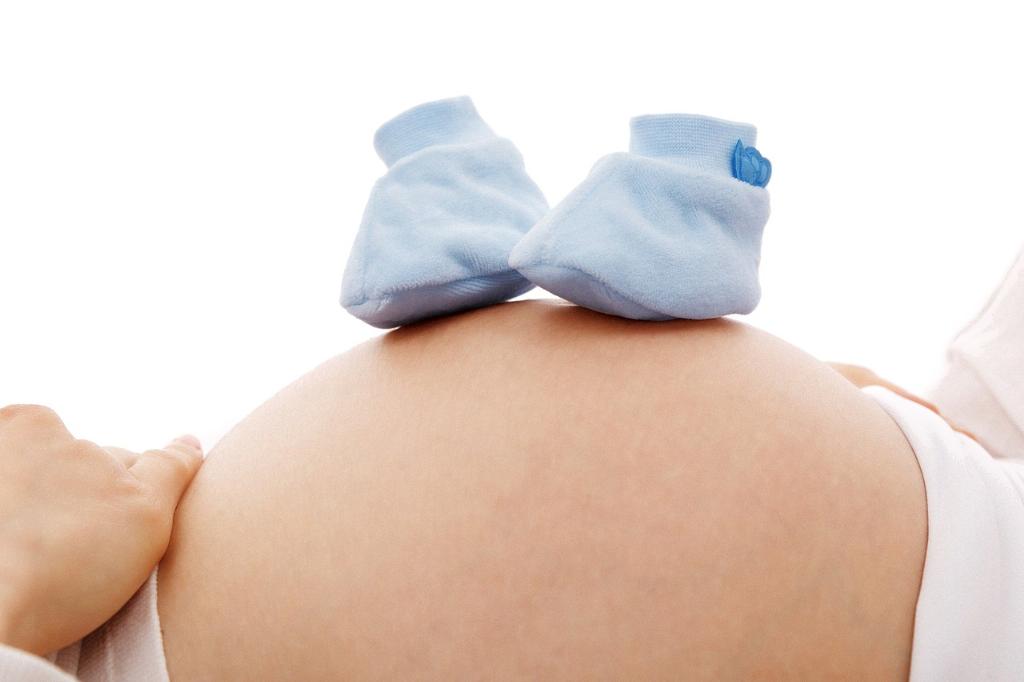One of the common questions that expectant mothers have as they progress through their pregnancy is how to tell if their baby has dropped. This term refers to when the baby engages lower into the pelvis as it prepares for birth. There are several signs and symptoms that can indicate that your baby has dropped.
Changes in Movements
One key indicator that your baby may have dropped is feeling more kicks and movements from your baby below the belly button. You may notice that the movements are more concentrated in the lower part of your abdomen rather than all over. This change is due to the baby’s shift in position as it descends into the pelvis.
Shift in Center of Gravity
As your baby drops lower, you may also experience a noticeable change in your center of gravity. This can make you feel slightly off-balance, as the baby’s new position alters the way you carry your weight. It’s common to feel a sense of being tilted forward or a change in your posture as a result of the baby’s descent.
Changes in Bump Shape
Another sign that your baby has dropped is a change in the shape and size of your bump. Your pregnant belly may appear lower and more protruded, giving the impression that the baby has shifted downward. This change in appearance is often noticeable to both the expecting mother and those around her.
Increased Pelvic Pressure
When the baby drops, you may experience increased pelvic pressure. This sensation can feel like the baby is pressing down lower in the pelvis, causing discomfort or a feeling of fullness in the lower abdomen. The pressure may also be accompanied by increased urination as the baby’s head places more pressure on the bladder.
Relief from Heartburn
One potential benefit of the baby dropping is a reduction in heartburn symptoms. As the baby descends into the pelvis, it may relieve some of the pressure on the stomach, leading to a decrease in acid reflux and heartburn for some women. This can be a welcome relief in the later stages of pregnancy.
Leg and Hip Pain
Due to the baby’s lower position, you may experience increased discomfort in your legs and hips. The pressure from the baby’s head on the pelvis can lead to aching or shooting pains in the legs and hips, especially when standing or walking. This discomfort is a common symptom as the baby engages lower.
Difficulty Breathing
As the baby drops into the pelvis, you may notice that breathing becomes more challenging. The pressure from the baby’s head can push up against the lungs, limiting the amount of space available for proper breathing. This can result in shortness of breath or a feeling of breathlessness, particularly when lying down.
Changes in Belly Shape
With the baby’s descent, you may observe changes in the shape of your belly. Your abdomen may appear more pointed or elongated, as the baby’s head moves lower into the pelvis. These alterations in belly shape are a visual indication that the baby has dropped and is preparing for birth.
Increase in Braxton Hicks Contractions
Another sign that your baby has dropped is an increase in Braxton Hicks contractions. These practice contractions become more frequent and intense as the baby engages lower into the pelvis. These contractions help prepare your body for labor and are often a sign that the birthing process is drawing near.
Change in Walking Pattern
When the baby drops, you may notice a change in your walking pattern. The lower position of the baby can affect how you walk, causing a waddling gait or altered stride. This change in walking pattern is a result of the baby’s descent into the pelvis and is a common occurrence in the later stages of pregnancy.
Engagement in Pelvis
Ultimately, the most definitive sign that your baby has dropped is the engagement of the baby’s head in the pelvis. Your healthcare provider may confirm this by performing an internal exam and noting the baby’s position. This physical confirmation indicates that the baby is gearing up for birth and is in the optimal position for delivery.

